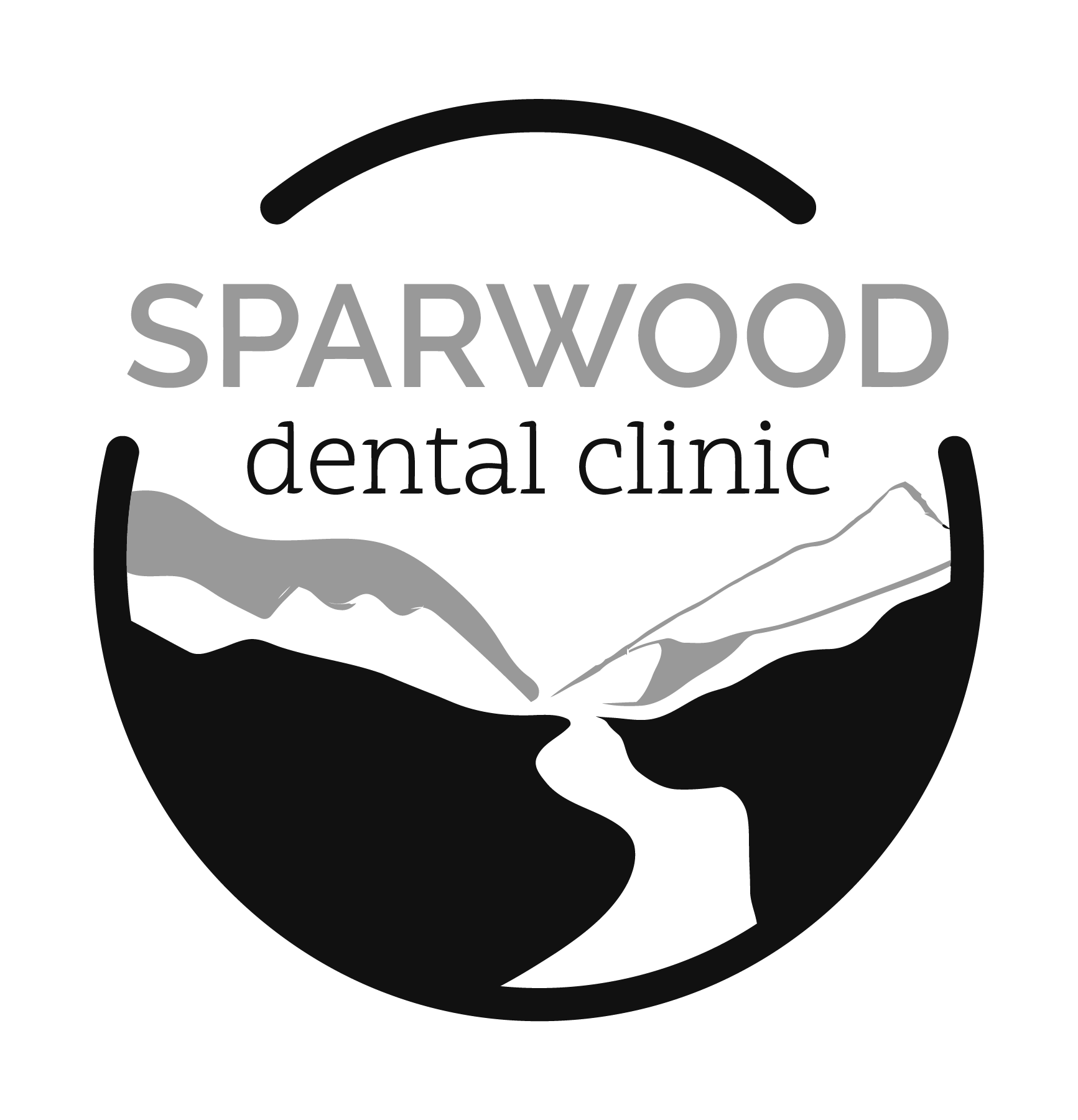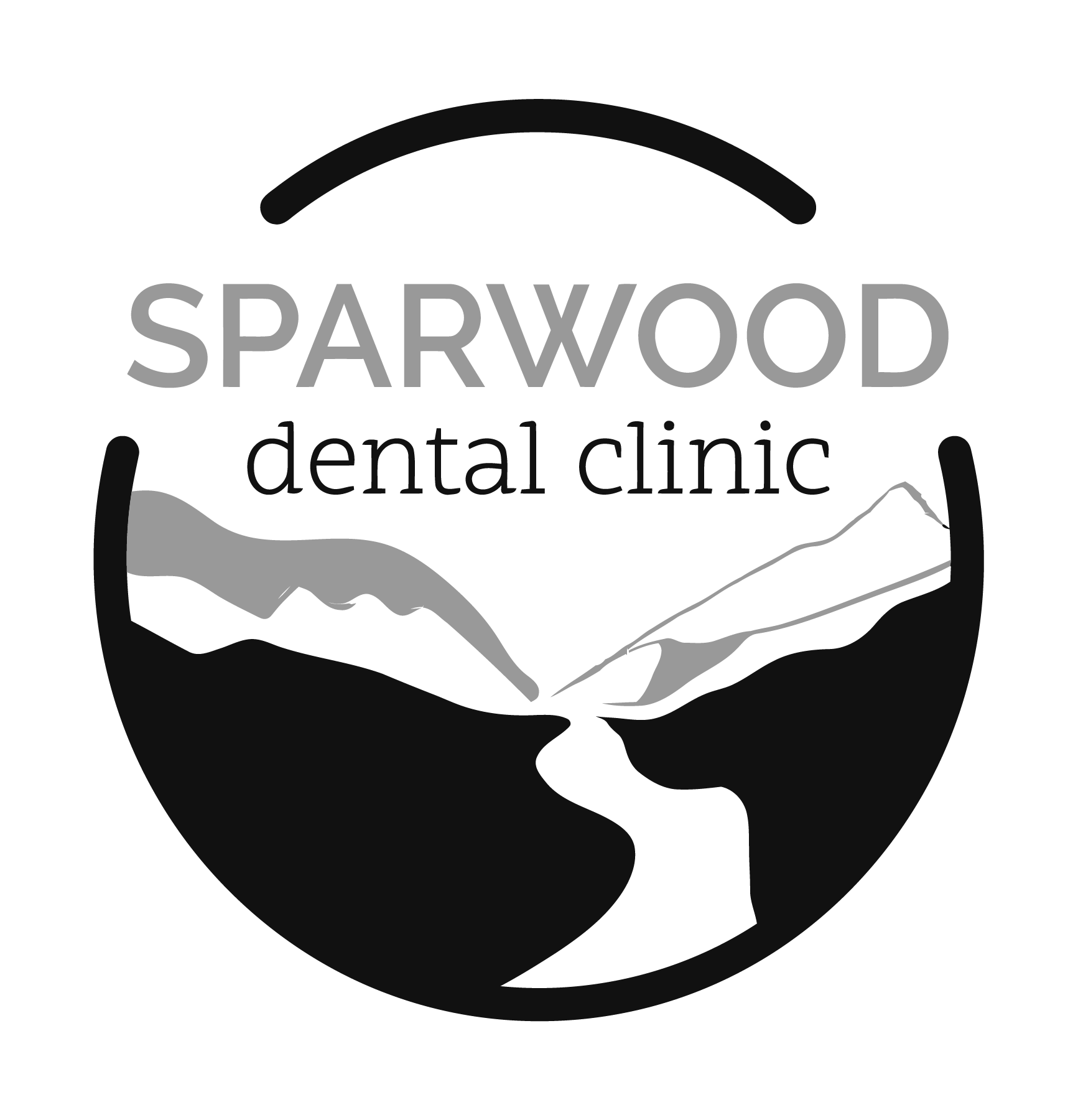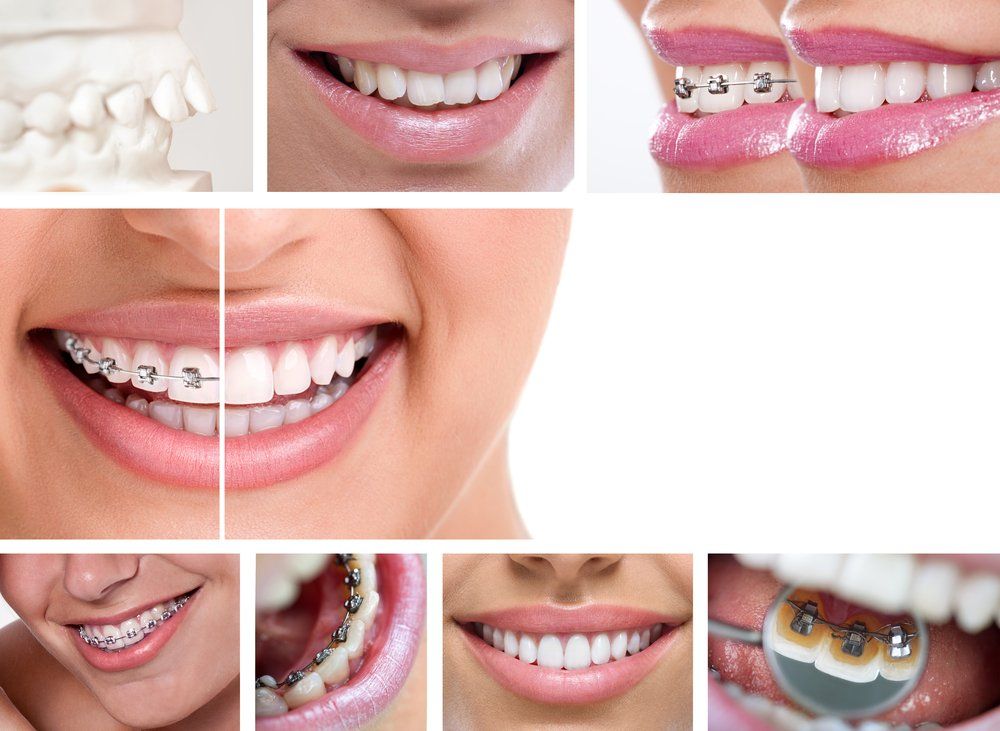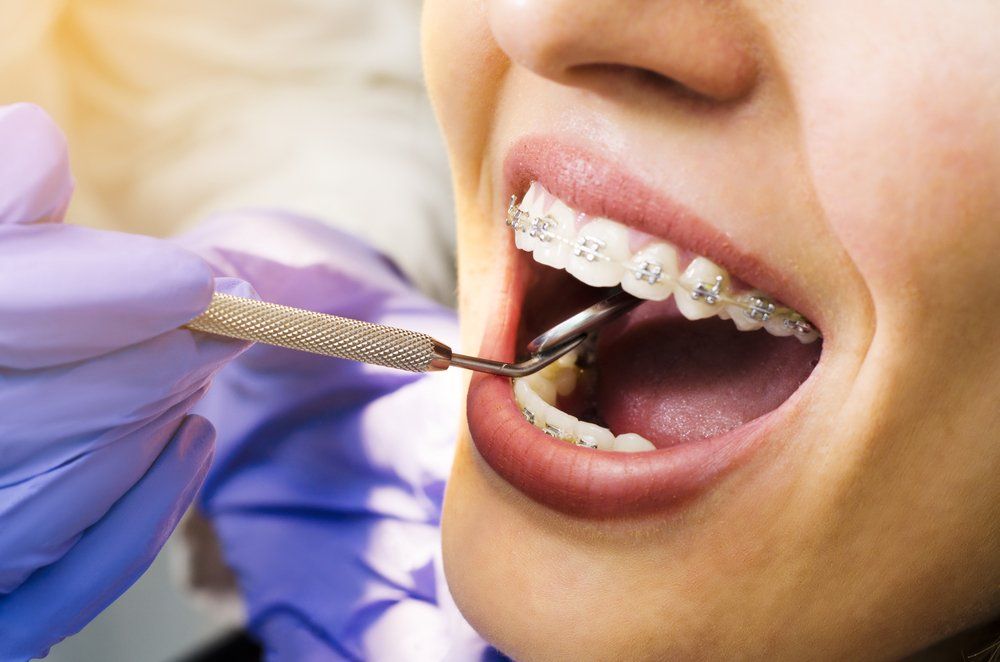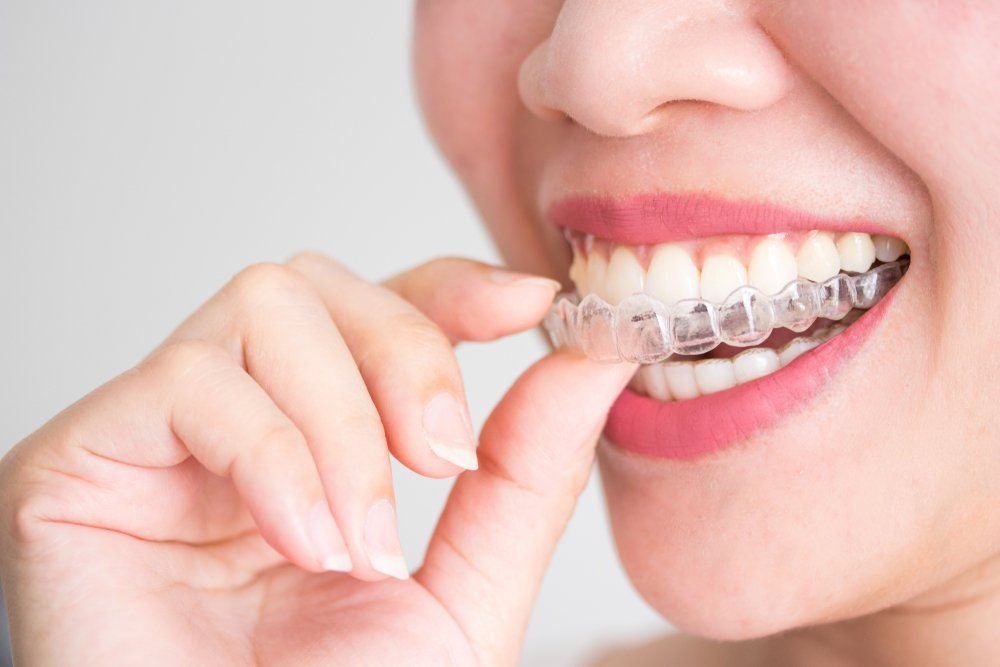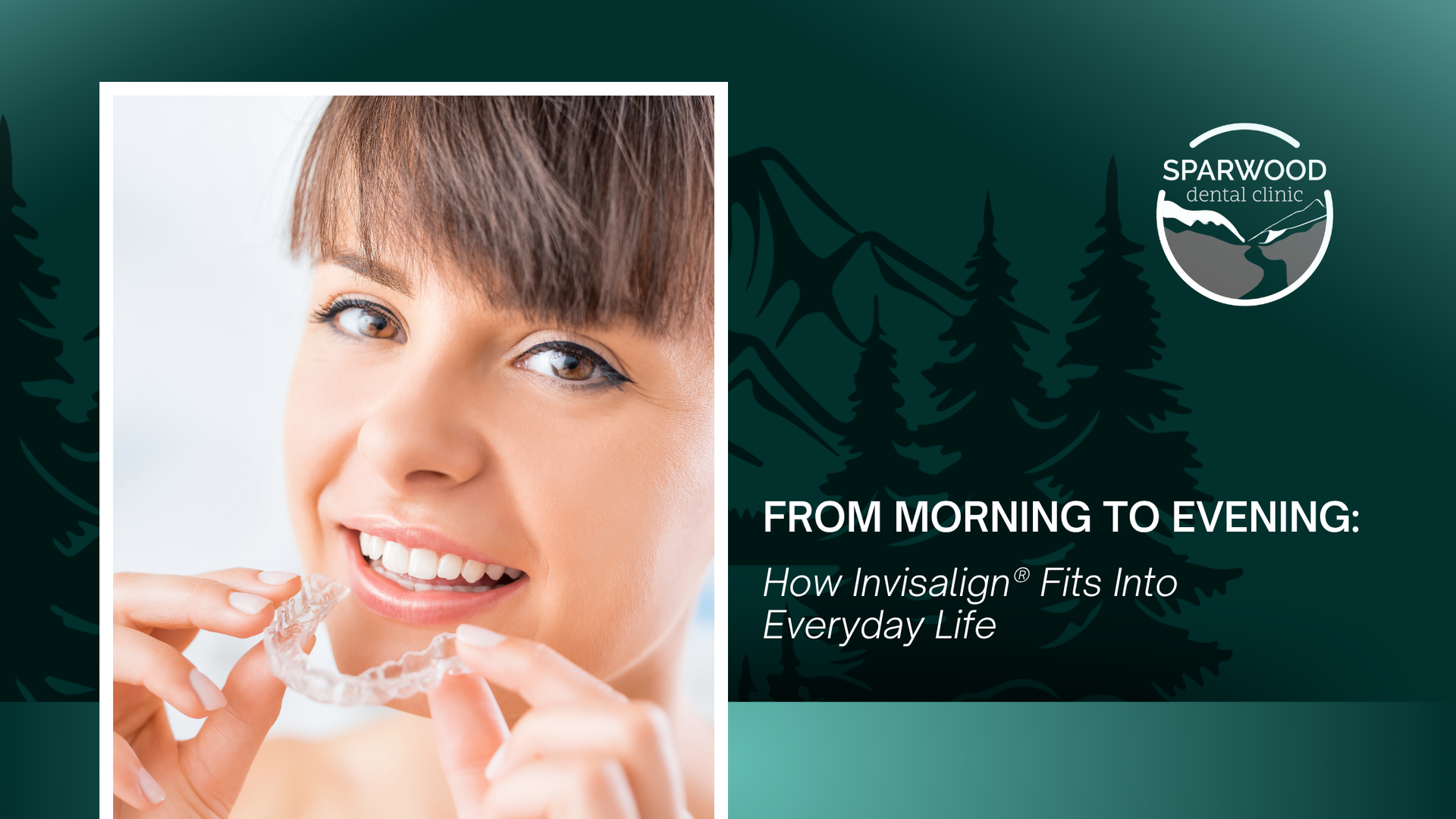Orthodontic treatment is one of the most beneficial ways to improve the look and feel of your smile. It focuses on more than just making the smile look beautiful, orthodontic treatment can also improve speech or function issues. Although this is a misleading thought, that orthodontics is only for straightening the smile, that would not be the truth. The problems that occur in your mouth and jaw may consist of overbites, underbites, crossbites, misaligned teeth, a misaligned jaw, or tooth gaps. If a dentist notices any of these issues, they will recommend that you go to the orthodontist to have it looked at. There are assorted options that you may be curious about, which is why we offer traditional braces and clear aligners as solutions to fix any problems you may have in the oral cavity. Sparwood Dental Clinic specializes in orthodontics. We can offer you orthodontic treatment and advise you on your treatment plan conveniently at in our clinic.
Why would you need orthodontic treatment?
When you are looking in the mirror, do you ask yourself questions or say to yourself:
- “I wish my teeth were straight.”
- “I wish I didn’t stumble over my words.”
- “I wish my teeth were easier to clean.”
Well, the easy answer to all these concerns or questions is braces! As we mentioned above, there are several reasons why you would need to get orthodontic treatment. It usually occurs due to malocclusions, which is when the shape or size of a tooth or jaw is abnormal. This condition tends to be genetic, which is passed down from generation to generation of families. However, there are also cases when malocclusions may happen because of different habits we form which can impact our teeth and jaw. Some of these habits could be using a pacifier after three years old, thumb sucking, injuries, allergies, or atypically shaped teeth.
The most common complications that will arise due to these malocclusions which will result in orthodontic treatment are:
Overbite – This occurs when the upper teeth are protruding over the bottom teeth.
Underbite – This occurs when the lower teeth are jutting out over the above teeth.
Cross bite – This occurs when the upper and lower teeth do not come together properly and cause the teeth to sit uncomfortably.
Crooked Teeth – This occurs when some of the teeth are crooked in the gums, jutting out in different directions.
Gaps Between Teeth – This occurs when there are gaps within the teeth, most common between the upper front teeth.
How Do You Know if You or a Loved One Need Orthodontics?
Orthodontics can only be determined by a dental professional because they will need to perform various procedures and use different tools to decipher the prognosis. During this process for braces or Invisalign, an orthodontist will evaluate and complete the following:
Medical and Dental History - There are instances when medical and dental problems go hand in hand, which is why we need to evaluate both histories to ensure there are no problems that could occur during treatment.
Impressions – An orthodontist will take impressions, which are molds, with dental trays filled with a substance that hardens around the teeth. Once the substance has hardened, the dental professional will take it out and create a model of your teeth. This will help an orthodontist decide the best treatment for you.
X-rays and Photographs – An impression is made for the teeth, compared to an x-ray and photograph which will show the complications that may be below the surface in the jaw.
Best Treatment Plan - Now that your history has been evaluated, impressions are made, and x-rays have been taken, we can decide the best treatment for you.
Once treatment has been named, you can begin your journey to a straight and painless smile.
What kinds of treatments are there?
At Sparwood Dental Clinic, we offer two different treatments to straighten the teeth, traditional braces and Invisalign (clear aligners). Due to the advancement in technology, we can offer two distinct kinds of treatment which are either fixed or removable. Depending on the condition of your teeth, we may recommend a specific treatment that will be better suited for your needs.
Traditional Braces
Invisalign
Will you need oral surgery?
Depending on the complexity of your orthodontic treatment plan, there may be a need to perform oral surgery. Based on the complications in your mouth or jaw, we will need to evaluate the easiest and most painless solution to give you the smile you desire. For example, some patients are born with extra adult teeth which can impact the way teeth come into the gums and interact with other teeth. When this occurs, we need to perform oral surgery to remove the extra tooth to ensure that the rest of your teeth have enough space to come in properly or be straightened. During surgery, a dental professional will numb or sedate you so that you are unaware of the teeth being removed. Once you have been numbed or sedated, the dental professional will remove the impacting teeth. Once the procedure has been completed, there will be a recommended recovery period after your surgery. This will allow any swelling or pain to ease so that you can get your new braces.
What happens if deformities are left untreated?
It is crucial to understand why orthodontic treatment should never be left untreated. Malocclusions can cause some jarring oral health problems, that no patient wants to deal with. Some of the problems that can arise if your orthodontic treatment is left untreated are:
- There is a chance you may suffer from tooth decay. This may occur because your toothbrush may be unable to clean in between crooked teeth. Tooth decay can happen when plaque attacks the tooth, which results in it creating holes (cavities), which could develop pain and tooth loss.
- There is the chance that you may get a serious infection, known as gum disease. Gum disease is when the gums have become infected which can lead to tooth loss or receding gums.
- You increase your risk of tooth damage because chewing pressure may be misaligned.
- You may have problems with digestion due to being unable to breakdown food properly because of chewing issues. This could have an overall impact on your nutrition because you are not breaking down the vitamins, minerals, and nutrients properly.
- You may be perceptive to bruxism or TMJ disorder. Bruxism is commonly known as teeth grinding and TMJ is when the joints in the jaw cause the muscles to tighten and pain to radiate through the jaw. Orthodontic treatment will adjust your teeth and jaw, which will relieve the pressure that may be occurring due to these two conditions.
Orthodontic treatment is a perfect solution to fixing teeth that are suffering from malocclusions. Once you have been treated by an orthodontist and finally have your braces removed, you are left with a beautiful smile. However, you will need to wear retainers to ensure teeth do not begin to move back into their former state. We will advise the best time and length to wear the retainer to keep the teeth and jaw stabilized.
We want to help you love your smile. Schedule an appointment with us today to find out with treatment can best suit your needs. With the assorted options available, we can suggest which options are best for you, and help you determine which best suit your lifestyle.
